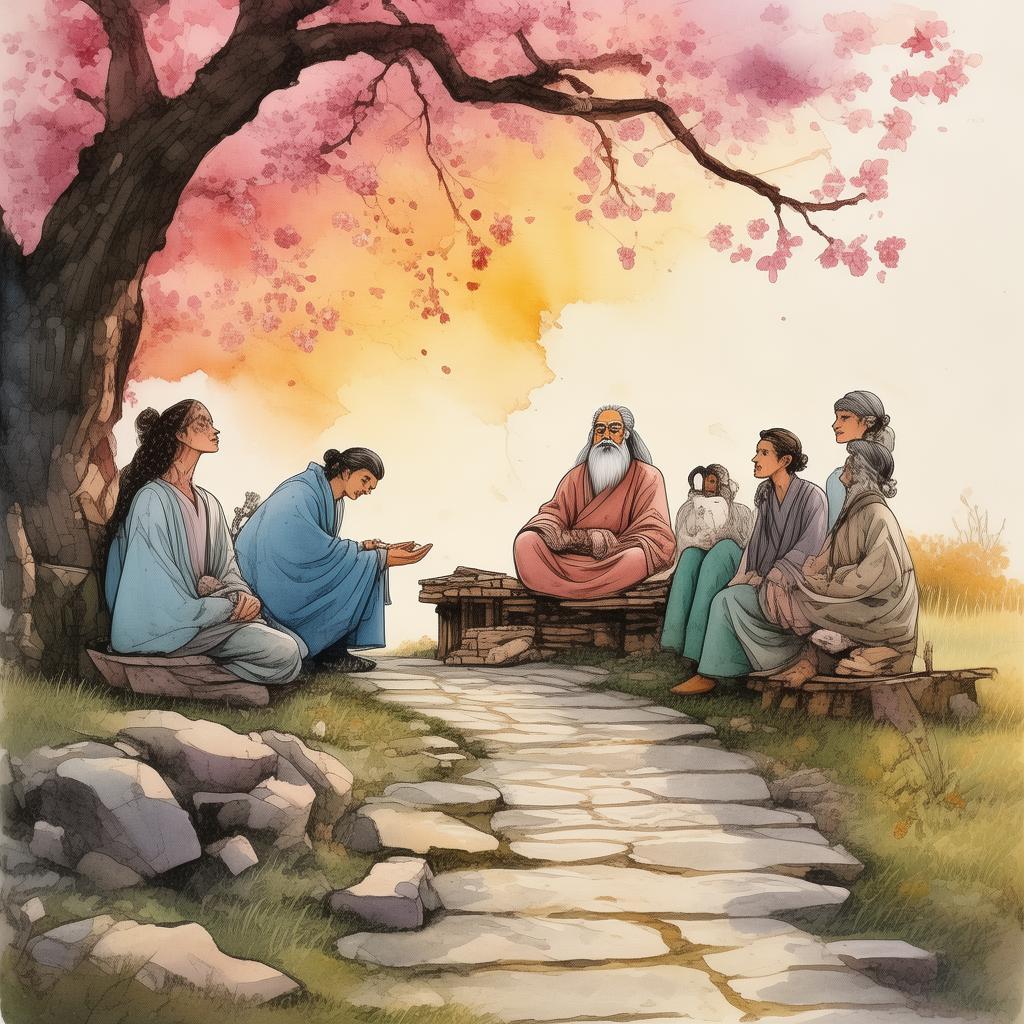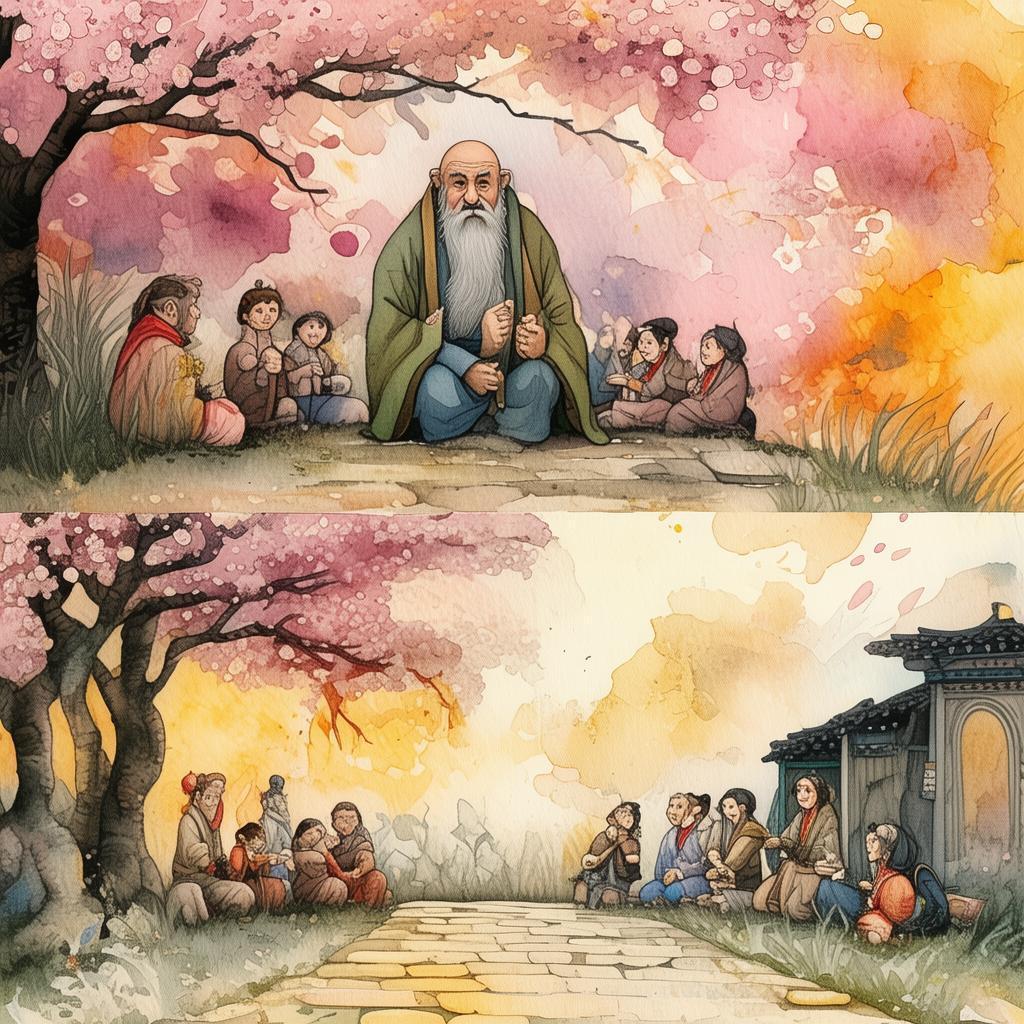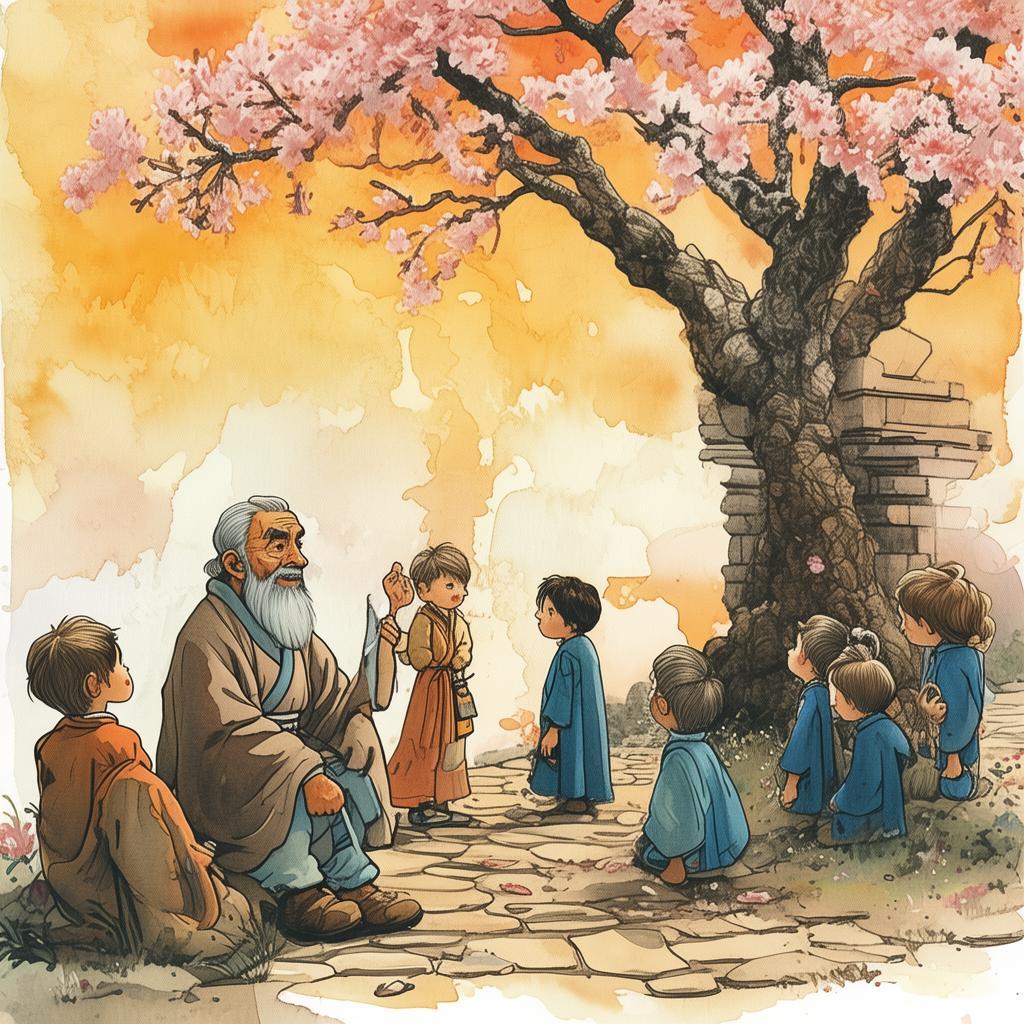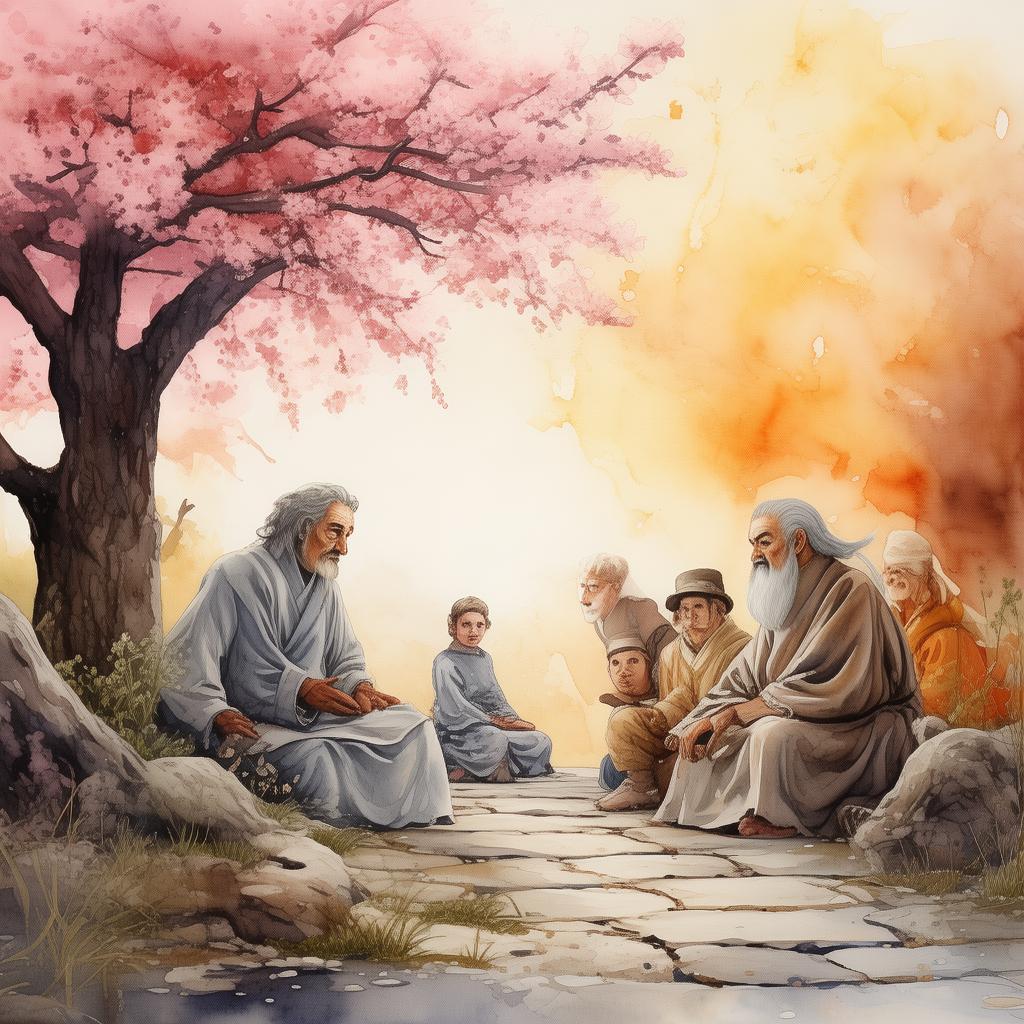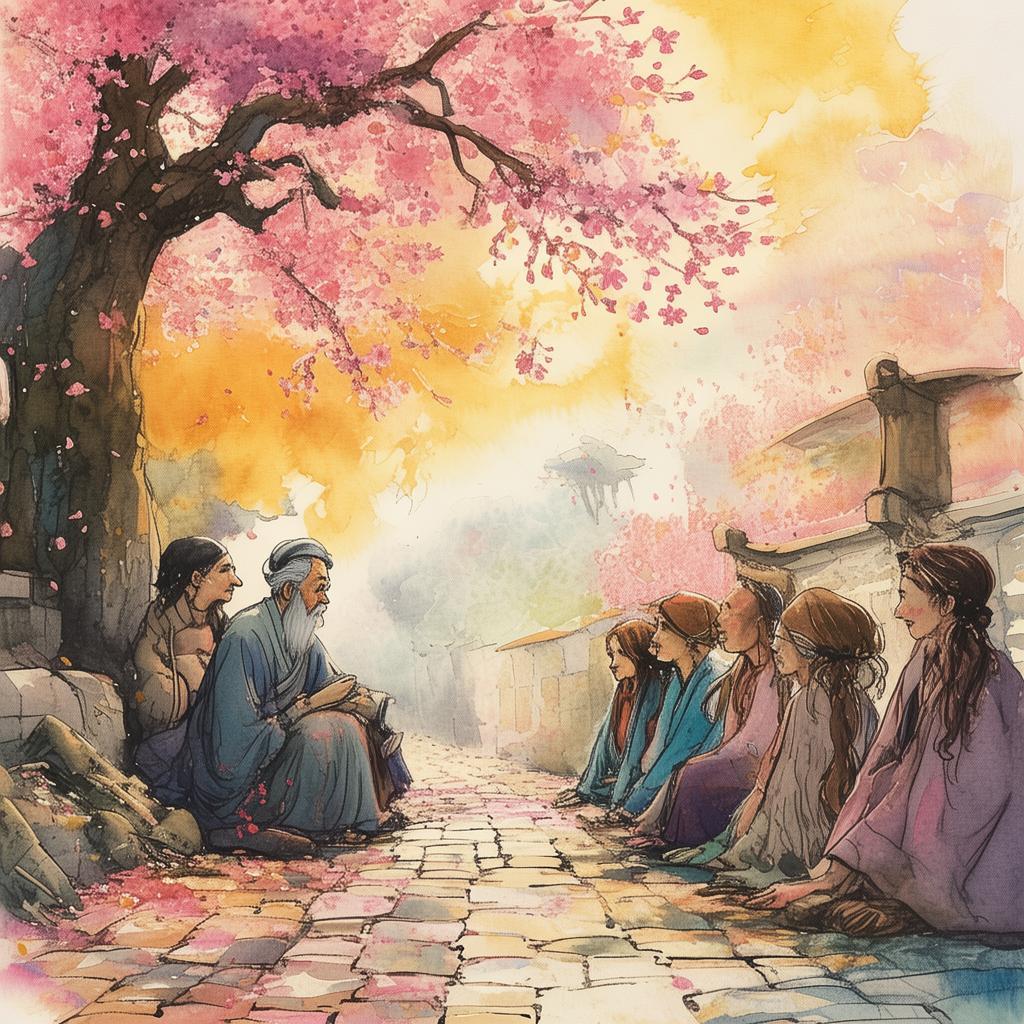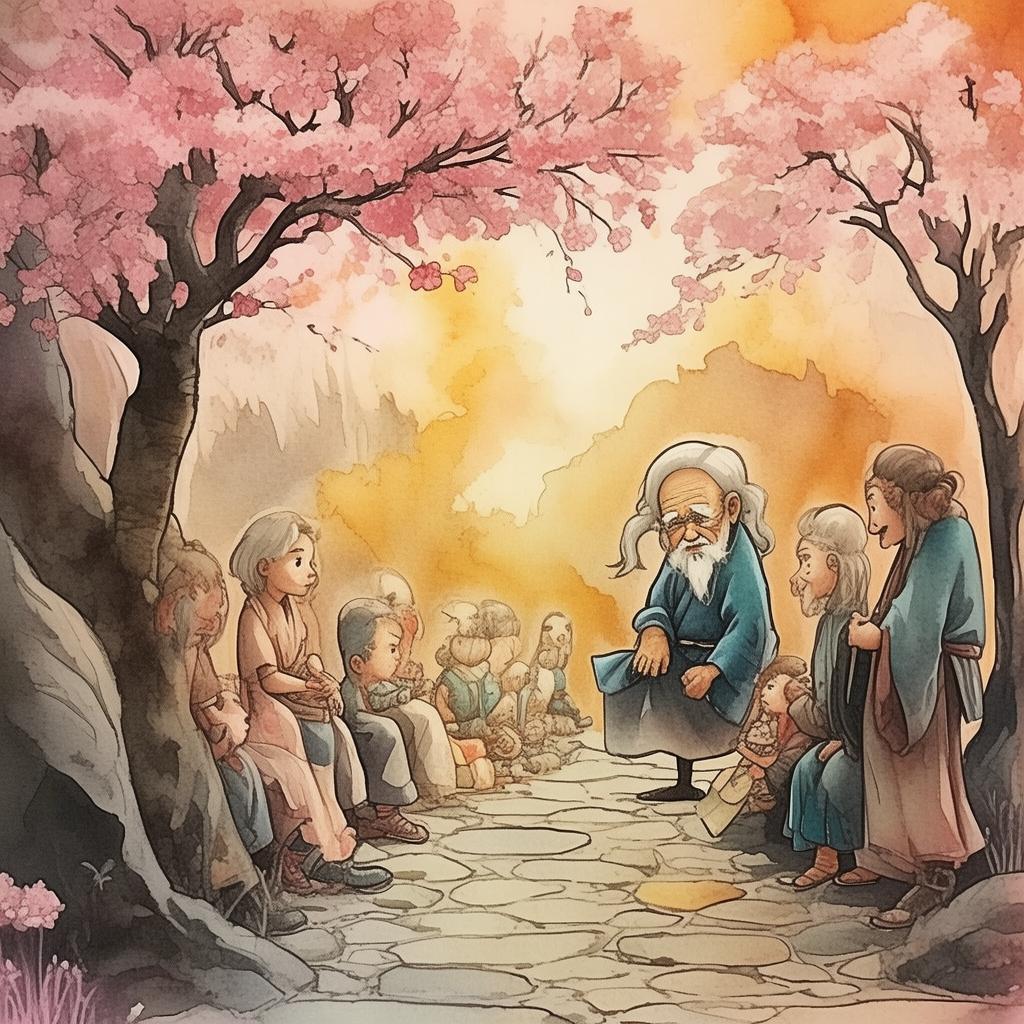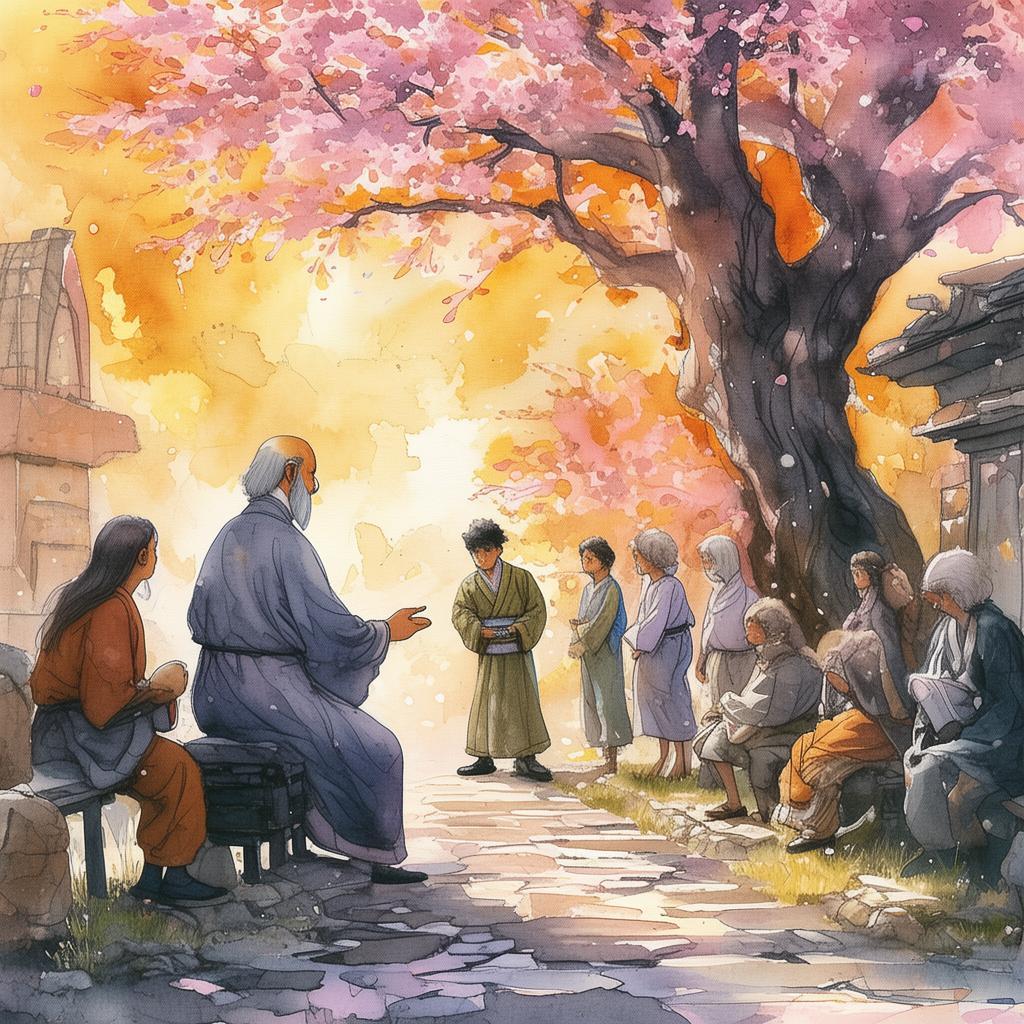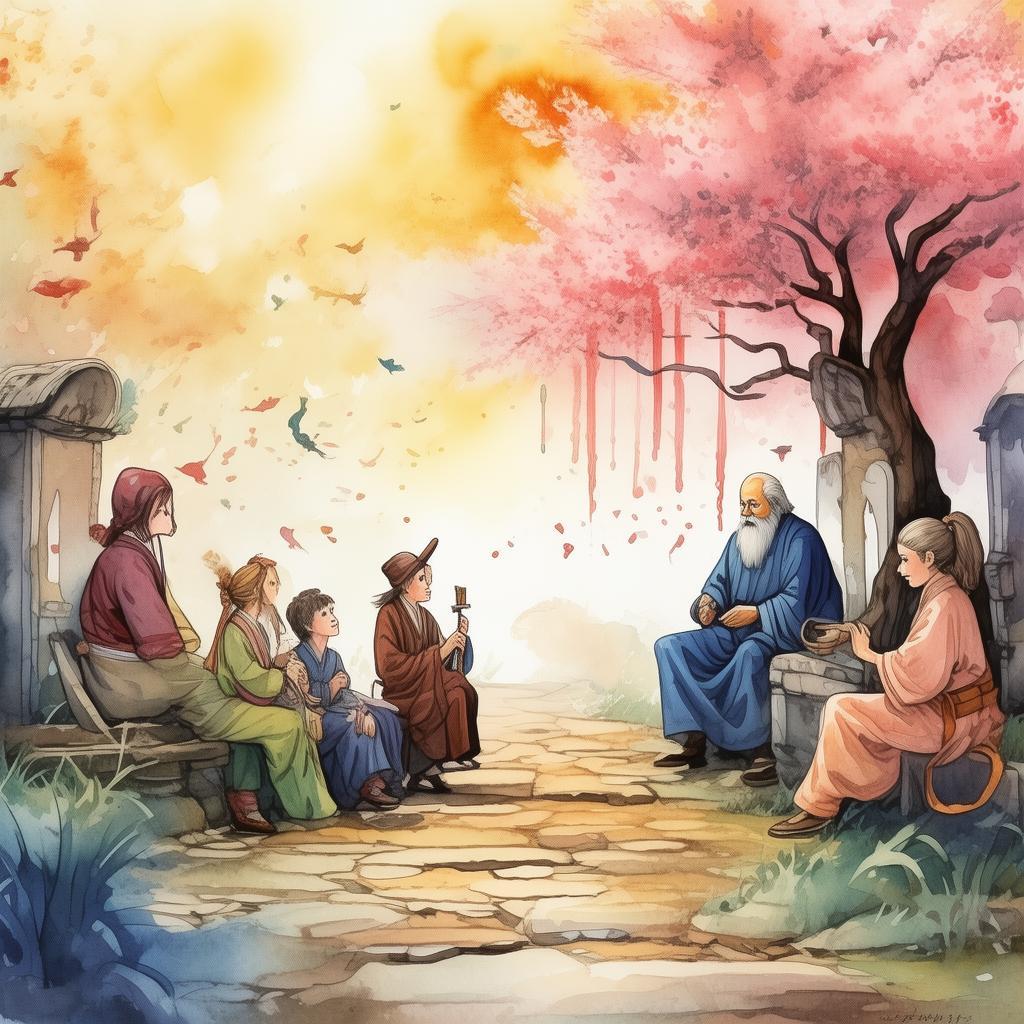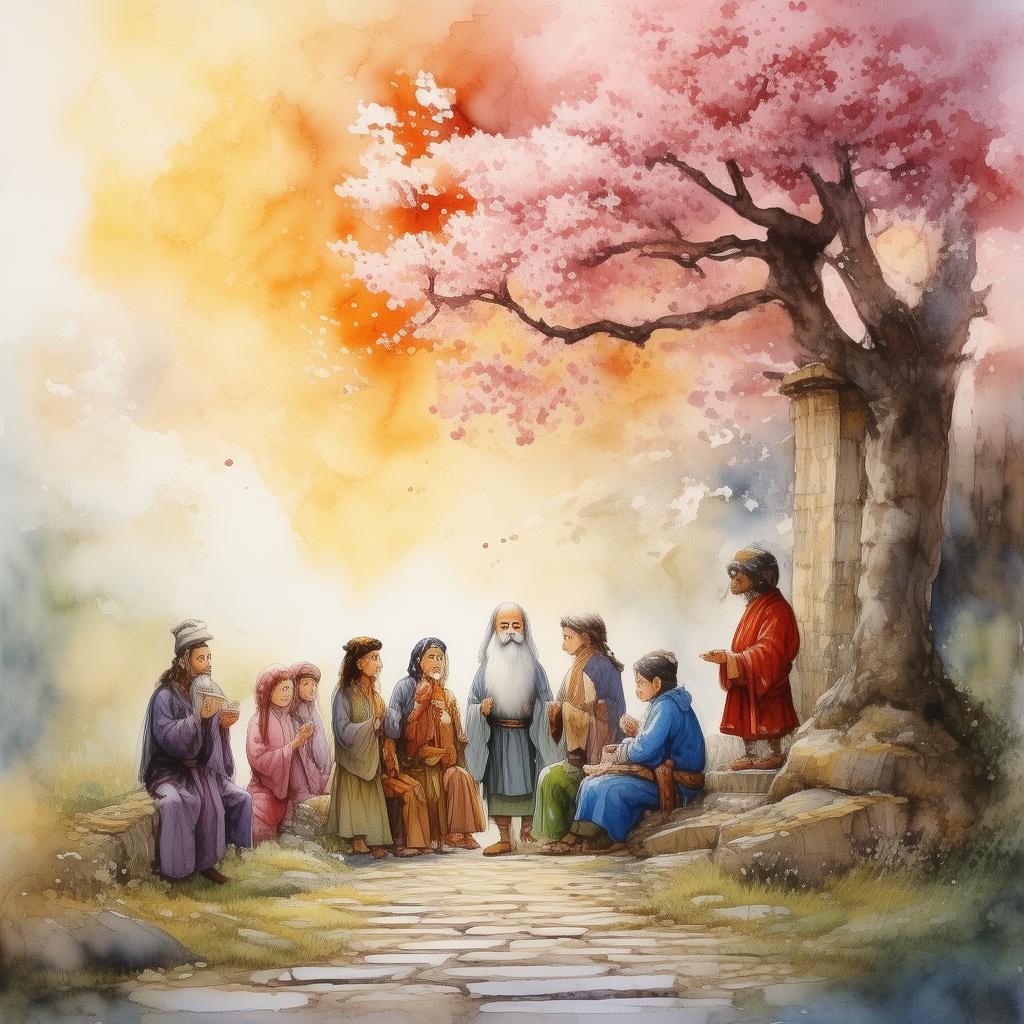Dragon's Courtyard: The Quest for Balance
In the heart of the ancient city of Jingcheng, there stood a courtyard known as the Dragon's Courtyard, where the streets were alive with the sounds of commerce and the hustle and bustle of everyday life. The courtyard was a testament to the city's prosperity, but it was also a source of constant traffic jams that seemed to defy all logic.
Among the architects and planners of Jingcheng was a young man named Ming, whose passion for harmony was matched only by his ability to create beautiful structures. Ming had been tasked with the daunting challenge of solving the traffic crisis in the Dragon's Courtyard. His goal was simple yet ambitious: to restore balance to the courtyard without sacrificing its vibrant spirit.
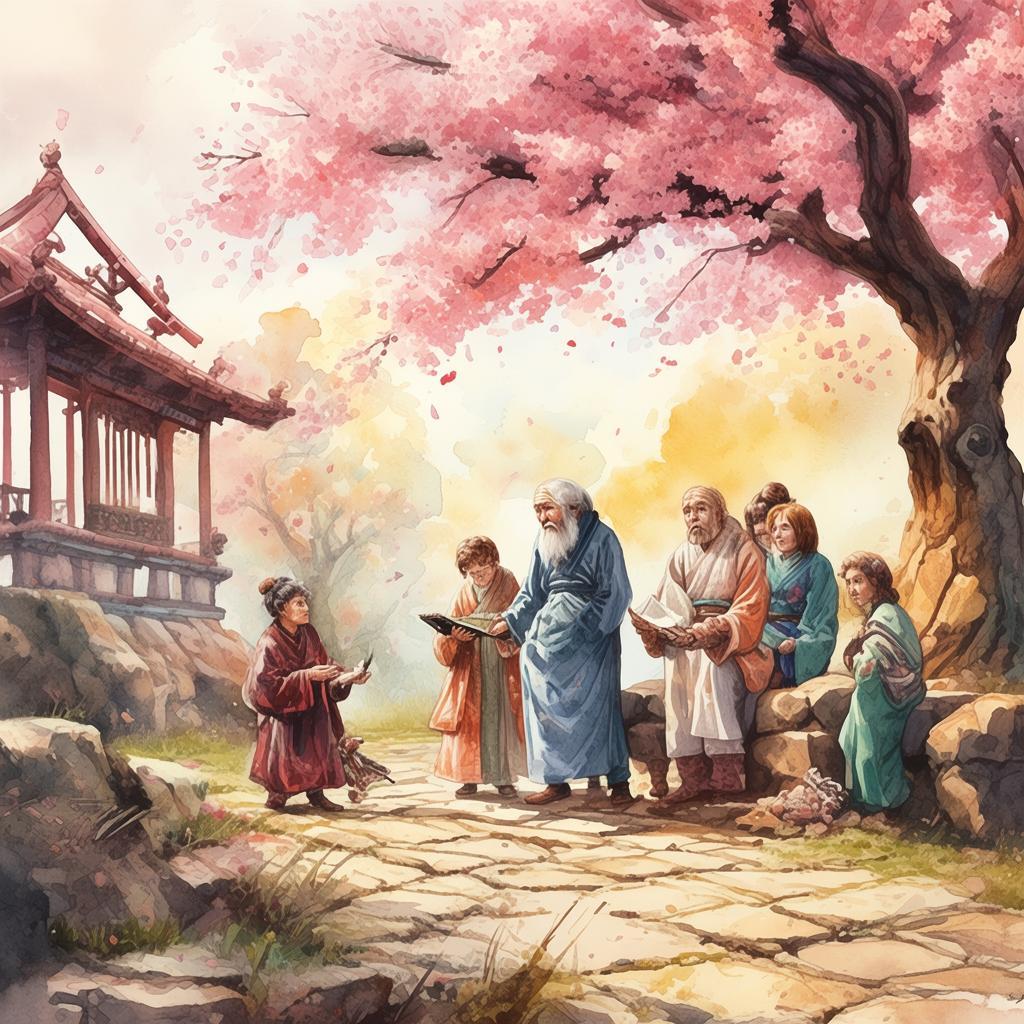
As Ming delved deeper into the problem, he discovered that the traffic was not just a matter of too many cars and too little space. It was a symptom of a deeper imbalance. The courtyard, which had once been a harmonious blend of residential, commercial, and recreational spaces, had become dominated by the relentless flow of commerce, leaving little room for the residents to enjoy their lives.
Ming's journey began with a visit to the courtyard's oldest residents, who shared with him stories of the courtyard's past. They spoke of a time when the Dragon's Courtyard was a place of joy and community, where people could gather and share their lives. Ming realized that the key to solving the traffic crisis was to rekindle that sense of community.
He began by mapping out the courtyard, noting the flow of traffic and the areas that were most congested. He then proposed a radical plan: to reorganize the courtyard, creating dedicated spaces for different activities and encouraging residents to use the courtyard in new ways. This would not only alleviate the traffic but also foster a sense of community that had been lost.
However, Ming's plan faced fierce opposition from the city's business leaders, who feared that the changes would harm their profits. The conflict between Ming and the business leaders reached a boiling point when Ming proposed closing one of the busiest streets to traffic, converting it into a pedestrian walkway.
In a heated meeting, Ming stood before the city council, presenting his case. "The Dragon's Courtyard is more than a place of commerce," he argued. "It is a place where people live, where children play, and where memories are made. We must restore balance to this space, or we will lose more than just traffic."
The council was divided, but Ming's passion and dedication were infectious. Slowly, he began to win over the hearts and minds of the council members. He brought in residents to share their stories and showed them the potential of a balanced courtyard.
The turning point came when an elderly resident, who had lived in the courtyard her entire life, spoke up. "This is our home," she said, her voice trembling with emotion. "We have the power to shape its future. Let us not forget what made it great."
The council voted in favor of Ming's plan, and the transformation of the Dragon's Courtyard began. Streets were repurposed, green spaces were created, and new public spaces were added. The once-crowded thoroughfares were replaced with calm, tree-lined walkways, and the courtyard once again became a place for community and celebration.
As the years passed, the Dragon's Courtyard thrived. The traffic jams were a thing of the past, replaced by a harmonious flow of people and cars. The courtyard was once again a place where the residents of Jingcheng could come together and share their lives.
Ming's story became legendary, a tale of traffic and triumph that served as a beacon of hope for cities around the world. It was a story of balance, of finding a way to coexist, and of understanding that true prosperity comes not from commerce alone, but from the well-being of the people and the places they call home.
✨ Original Statement ✨
All articles published on this website (including but not limited to text, images, videos, and other content) are original or authorized for reposting and are protected by relevant laws. Without the explicit written permission of this website, no individual or organization may copy, modify, repost, or use the content for commercial purposes.
If you need to quote or cooperate, please contact this site for authorization. We reserve the right to pursue legal responsibility for any unauthorized use.
Hereby declared.

